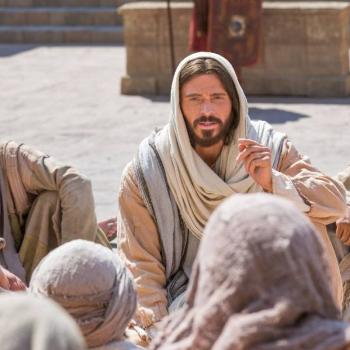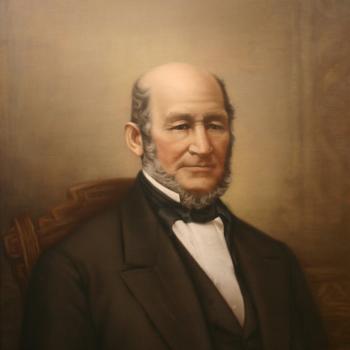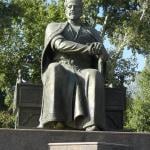See previous parts One and Two.
 Luke Timothy Johnson’s chapter on ‘Learning the Human Jesus’ was both highly interesting and attractive, but also left me with too many questions about the “historical Jesus.”
Luke Timothy Johnson’s chapter on ‘Learning the Human Jesus’ was both highly interesting and attractive, but also left me with too many questions about the “historical Jesus.”
Johnson articulates that in the past he has espoused a position that ‘Jesus is best learned through practices of faith in the church’ (pp. 154-5) – ‘Jesus is not a dead man of the past but a living Lord of the present’ (155); ‘…not an object of scholarly research but the subject of obedient faith’ (155). Johnson notes that too often the Quest has been undertaken ‘to discredit Christian claims concerning Jesus’ (156).
Now, what can a historical pursuit of the person of Jesus gain us? Johnson is skeptical that we gain much. The sources outside of the Gospels offer very little other than occasionally as control over our NT sources.
How to the NT Gospels hold up when viewed purely as ‘historical’ accounts of Jesus?: ‘It is simply impossible fully to harmonize these accounts while still retaining any credibility as a historian.’ (159) – But there are some convergences that give us useful information (multiple attestation).
When all is said and done, a historical sifting of the various sources on Jesus yield only very little “factual” (true-to-history-and-the-way-the-past-played-out) details: Jesus was a real Jewish man who died by execution. This is helpful, Johnson argues, if for nothing else, to show that ‘the Christ symbol [which is] attached to the historical person of Jesus…is not infinitely malleable’ (160).
Can historical research (from a critical standpoint) help us in other ways? Johnson admits that when such research is undertaken, it leads to a better understanding of the ancient context which, then, informs our understanding of the Gospels. The constant danger of Questers is a blindness to the fact that it becomes ‘a theological agenda wearing the external garb of history’ (p. 167).
Instead, Johnson advocates a (purely?) literary approach which ‘engages the human Jesus as a literary character in the narratives written about him within fifty to seventy years of his death’ (p. 168). In that way, fact-based recovery of history is not as important as recognizing that (in the Gospels) ‘plot and verbal differences are part of a larger deliberate literary crafting’ (p. 168).
Can the Gospels, then, tell us anything really about Jesus the human of the past? Johnson affirms his literary view, but offers this proposal: though the Gospels differ as witnesses to various events and sayings, they converge and ‘agree’ on Jesus’ character (ethos) (p. 173).
RESPONSES: I particularly appreciated Dunn’s views. He still wonders ‘why the differences between the Gospel narratives are present and what we are to make in historical terms of the differences between the Synoptics and John in particular’ (p. 191). How important is it that Jesus did and said any of the things in the Gospels? How do we know?
Next up: James Dunn and ‘Remembering Jesus’.















